
As a highly skilled Consultant Plastic & Reconstructive Surgeon in Chester, UK, Miss Anca Breahna specialises in a variety of cosmetic and reconstructive procedures designed to enhance chest aesthetics. Whether due to genetics, hormonal imbalances, or lifestyle factors, those with a flat chest can explore numerous solutions to achieve their desired look. This blog will outline both non-surgical and surgical options, helping individuals make informed decisions about their body.
A well-proportioned chest is often associated with confidence and self-esteem for both men and women. However, some individuals may experience a naturally flat chest, which can impact their body image and overall satisfaction with their appearance.
Take our Plastic Surgery Quiz to find out if you’d be a good candidate for cosmetic surgery.
What Causes a Flat Chest?
A flat chest can result from various factors, each contributing to a lack of volume in the chest or breasts. While some individuals embrace their natural chest shape, others may seek enhancement for better body proportions or personal confidence.
✓Genetic Factors
Genetics plays a significant role in chest development. If your family members have naturally small breasts or a less prominent chest, it is likely that you have inherited these traits. Genetic predisposition influences the amount of glandular tissue and fat in the chest area, leading to naturally small or underdeveloped breasts. While some people feel comfortable with their genetic chest shape, others may seek ways to enhance their appearance through either natural or surgical means.
✓ Hormonal Influences
Hormones such as oestrogen and testosterone play a crucial role in breast and chest development. For women, oestrogen is the primary hormone responsible for breast tissue growth. Low oestrogen levels during puberty or later in life can result in smaller breasts. Conversely, for men, an excess of oestrogen may cause the development of unwanted breast tissue, a condition known as gynecomastia. Conditions such as Turner syndrome, hormonal imbalances, or menopause can contribute to variations in chest development, impacting both men and women. Seeking medical advice for hormonal assessment can provide insight into whether a hormonal imbalance is contributing to a flat chest.
✓ Body Composition and Lifestyle
Body fat percentage directly influences the volume of the chest. Since breast tissue is made up of both glandular tissue and fat, individuals with lower body fat percentages due to high metabolism, intense fitness routines, or restrictive dieting may have a flatter chest. Athletes, fitness enthusiasts, or those with naturally low body fat often experience minimal breast tissue, making the chest appear less full. While weight gain may increase breast size slightly, the effects vary based on an individual’s body composition.
✓ Medical and Developmental Conditions
Certain medical conditions can also contribute to a flat chest. Poland syndrome, for instance, is a congenital condition that results in the underdevelopment or absence of chest muscles on one side of the body. Additionally, previous surgeries such as mastectomy or trauma to the chest can lead to changes in chest shape and size. In such cases, reconstructive surgery may be the most effective solution to restore symmetry and volume.
Non-Surgical Solutions for a Flat Chest
For those not ready for surgery, there are alternative ways to enhance chest volume and definition.
✓ Strength Training and Chest Exercises
Building the pectoralis muscles through targeted exercises can create a more sculpted and fuller chest appearance. Strength training exercises such as push-ups, bench presses, dumbbell chest flys, and cable crossovers can help develop the muscles beneath the breast tissue, giving the illusion of a slightly fuller chest. While this approach enhances muscle tone, it does not directly increase breast tissue or fat. However, it remains a popular non-invasive method for achieving a more defined chest.
✓ Hormone Therapy
For individuals experiencing hormonal imbalances, hormone replacement therapy (HRT) may be a viable option. Oestrogen therapy, often prescribed for transgender women or those with naturally low oestrogen levels, can stimulate breast tissue growth. Conversely, men experiencing gynecomastia due to excess oestrogen may benefit from testosterone therapy to reduce unwanted chest volume. Consulting a medical specialist for hormone evaluation is essential before pursuing any hormone-based treatments.
✓ Padded and Supportive Undergarments
For those looking for an immediate enhancement, push-up bras, padded inserts, and contouring shapewear can provide the appearance of a fuller chest. These non-surgical solutions allow individuals to achieve the look they desire without undergoing any medical procedures. Similarly, men seeking a more muscular-looking chest can opt for pectoral-enhancing compression garments, which provide structure and definition beneath clothing.
✓ Natural Supplements and Topical Creams
Some over-the-counter products claim to enhance breast size through phytoestrogens, plant-based compounds that mimic oestrogen. While certain individuals believe in their effectiveness, scientific evidence supporting the use of creams and supplements for significant breast enlargement is limited. As a result, individuals considering this route should set realistic expectations regarding potential results.
Download the Breast Augmentation Guide
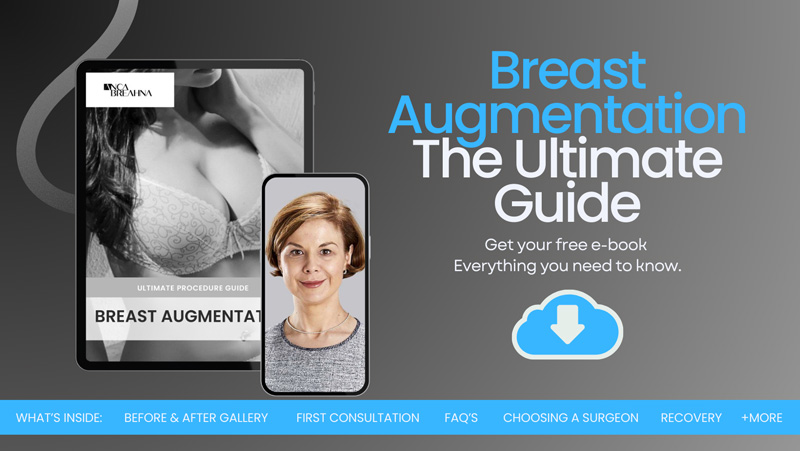
Surgical Solutions for a Flat Chest
For those seeking permanent enhancement, surgical procedures provide effective, long-term results. Miss Anca Breahna, Consultant Plastic & Reconstructive Surgeon in Chester, UK, offers advanced techniques tailored to individual patient goals.
✓ Breast Augmentation with Implants
Breast augmentation is a well-established procedure that increases chest volume using implants. Patients have the option to choose between silicone and saline implants, each offering distinct advantages. Silicone implants provide a more natural feel, while saline implants offer a firmer texture. Additionally, implant placement options vary, with implants positioned either under the muscle (submuscular) or above the muscle (subglandular) depending on the patient’s desired aesthetic. Customising implant size, shape, and projection ensures that individuals achieve results tailored to their unique body structure.
✓ Fat Transfer Breast Augmentation (Lipofilling)
For those who prefer a more natural approach, fat transfer breast augmentation provides an alternative to implants. This procedure involves liposuctioning fat from other areas of the body, such as the abdomen, thighs, or flanks, and strategically injecting it into the breasts. This method offers a subtle enhancement while maintaining a natural appearance. Ideal candidates for fat transfer augmentation must have sufficient fat stores to facilitate the procedure.
✓ Male Chest Contouring (Pectoral Implants or Gynecomastia Surgery)
For men seeking a more defined chest, pectoral implants can provide added volume and muscular definition. Conversely, men with excess breast tissue (gynecomastia) may opt for male breast reduction surgery, which removes unwanted fat and glandular tissue to achieve a firmer, more masculine chest.
The Patient Journey with Miss Anca Breahna
Patients considering chest enhancement with Miss Anca Breahna in Chester, UK, undergo a personalised consultation to discuss their goals and available options. The treatment journey includes:
- Consultation and assessment to determine the most suitable approach.
- Customised treatment planning based on the patient’s anatomy and preferences.
- Comprehensive aftercare and recovery guidance to ensure optimal healing and results.
Flat Chest FAQs
Can exercise alone increase breast size or chest volume?
No, exercise cannot directly increase breast size as it does not generate glandular tissue. However, strength training exercises that target the pectoral muscles, such as push-ups and bench presses, can enhance chest definition, creating the appearance of a slightly fuller chest.
Who is a good candidate for breast augmentation or pectoral implants?
Ideal candidates for breast augmentation or pectoral implants are individuals in good overall health who are dissatisfied with the size or shape of their chest. They should have realistic expectations and be seeking enhancement for personal or aesthetic reasons rather than external pressure.
What is the difference between implants and fat transfer augmentation?
Breast implants involve placing silicone or saline-filled prosthetics into the chest to add volume, whereas fat transfer augmentation uses liposuction to harvest fat from other parts of the body, which is then injected into the chest. Implants provide a more dramatic increase, while fat transfer offers a subtle, natural-looking enhancement.
How long does it take to recover from chest enhancement surgery?
Recovery times vary based on the procedure, but most patients require around 4–6 weeks to fully heal. Initial swelling and discomfort typically subside within the first two weeks, and patients are usually advised to avoid strenuous activities during this period.
Are there any risks associated with breast implants or pectoral implants?
As with any surgical procedure, there are risks, including infection, implant rupture, scarring, or capsular contracture (tightening of scar tissue around the implant). However, with an experienced plastic surgeon like Miss Anca Breahna, these risks are minimized through careful planning and advanced surgical techniques.
Will the results of fat transfer augmentation be permanent?
Fat transfer results are long-lasting but may not be entirely permanent. Some of the transferred fat cells may be reabsorbed by the body over time, meaning that patients may require additional treatments to maintain their desired volume.
What are the best non-surgical ways to enhance chest appearance?
Non-surgical options include targeted chest exercises, hormone therapy (if applicable), padded bras or shaping garments, and temporary fillers. However, these methods do not provide the same lasting results as surgical interventions.
Medical References
- Saggy breasts: Causes and solutions. MedicalNewsToday. https://www.medicalnewstoday.com/articles/saggy-breasts
- Understanding Small Breasts: Causes and Solutions for Women. Manchester Private Hospital. https://manchesterprivatehospital.uk/blog/small-breasts-causes-and-solutions/
- Gynecomastia: Etiology, Diagnosis, and Treatment. National Center for Biotechnology Information. https://www.ncbi.nlm.nih.gov/books/NBK279105/
Final Thoughts & Next Steps
If you are considering enhancing your chest, Miss Anca Breahna, Consultant Plastic & Reconstructive Surgeon in Chester, UK, can guide you through the options available. Book a consultation today at Miss Anca Breahna’s website or contact her Chester clinic to begin your transformation.
Further Reading about Flat Chest with Chester Consultant Plastic Surgeon Anca Breahna
- Read more about Procedure Page Breast Enlargement – Breast Augmentation
- Read more about Page on Breast Implant Choices
- Read more about Anca Breahna’s Blog on Treating Small Breasts/ Hypomastia/ Amastia
- Read more about Anca Breahna’s Blog on What Can Be Done to Minimise Breast Implant Removal Scars
- Read more about Anca Breahna’s Blog on Mini Boob Job – A Solution for Smaller Women
- Read more about Anca Breahna’s Blog on Why Are Small Boobs Trending?
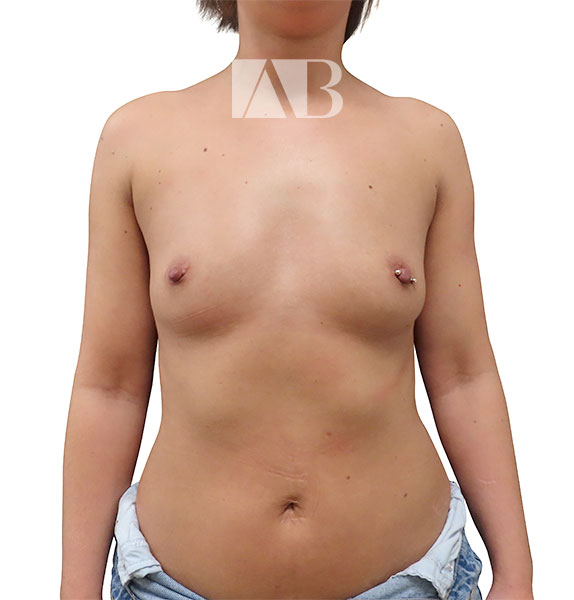
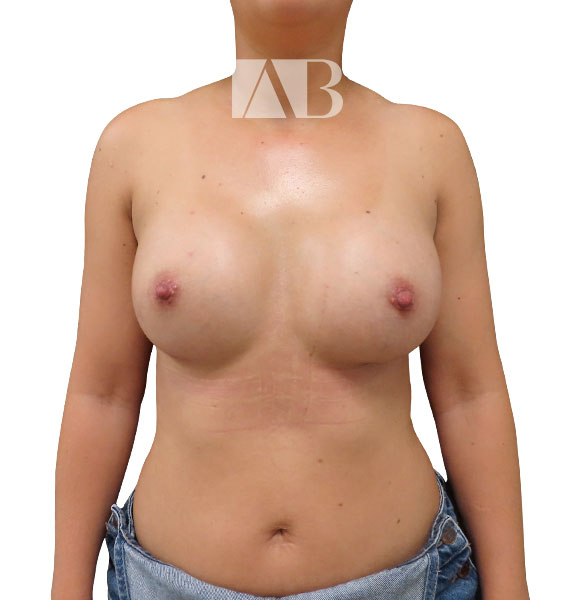
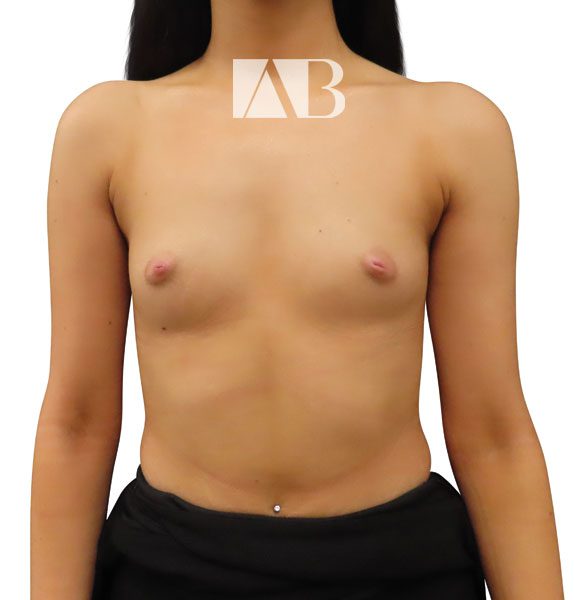
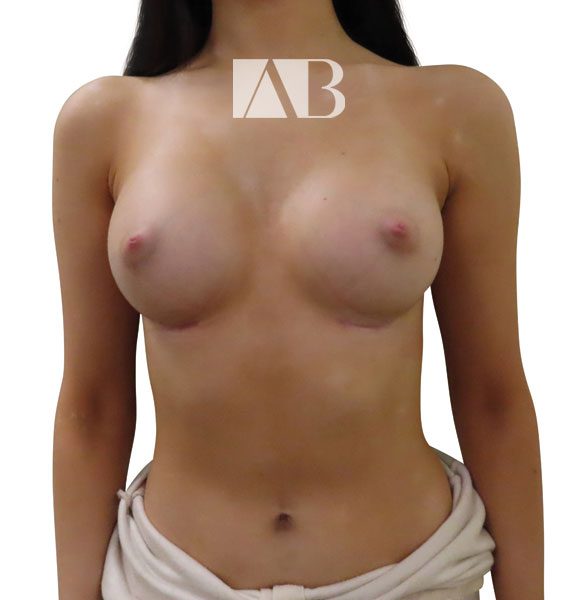
 Ms Anca Breahna, PhD, MSc, FEBOPRAS, FRCS (Plast) is a highly regarded Consultant Plastic Surgeon specialising in the field of Aesthetic and Reconstructive Plastic Surgery. Anca performs a range of
Ms Anca Breahna, PhD, MSc, FEBOPRAS, FRCS (Plast) is a highly regarded Consultant Plastic Surgeon specialising in the field of Aesthetic and Reconstructive Plastic Surgery. Anca performs a range of 